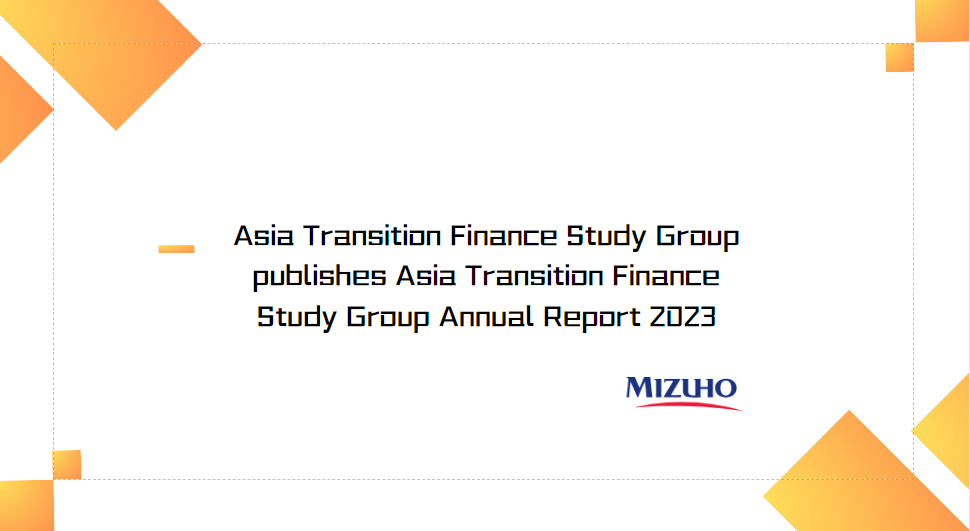Economic Activity, Prices, and Monetary Policy in Japan
I. Economic Activity and Prices
A. Economic Developments at Home and Abroad
I will begin my speech by talking about recent economic developments at home and abroad.
Currently, Japan's economy seems to be approaching a significant turning point with the reopening of the economy from the COVID-19 pandemic, in that moves to realize a virtuous cycle between prices and wages, which has been a longstanding challenge for the economy, have gradually been observed. The economy has been trapped in sluggish growth in prices and wages since the bursting of the bubble economy in the 1990s. Nevertheless, the high inflation observed overseas since spring 2021 has started to affect Japan, and accordingly, the year-on-year rate of increase in Japan's consumer price index (CPI) for all items less fresh food has continued to exceed 2 percent since spring 2022. In this situation, wage growth has become the highest in 30 years, following the 2023 annual spring labor-management wage negotiations. The major focal point at this time is whether the momentum of such wage growth will be sustained.
Turning to overseas economies, many countries and regions have continued to see moderate economic slowdown, as the high inflation caused by the post-pandemic normalization of economic activity has finally begun to be subdued. Specifically, in the United States and Europe, inflation rates reached around 8 to 10 percent in 2022 (Chart 1). Central banks in these economies have rapidly raised their policy interest rates in order to contain high inflation (Chart 2). Until very recently, interest rates and foreign exchange rates in the markets had sometimes been highly volatile because there remained considerable uncertainty as to what extent central banks would continue monetary tightening to contain persistently high inflation (Chart 3). That said, as far as the economic situation across countries and regions shows, I believe that the path toward bringing down inflation to the target level has started to come into sight at last. If high inflation can be subdued without the need for central banks to conduct additional policy interest rate hikes by a large margin, the risk of a hard landing, which had been a matter of concern, will likely decrease, despite the moderate economic slowdown continuing for some time (Chart 4).
Meanwhile, Japan's economy has recovered moderately with the progress in overcoming the pandemic, as evidenced by the fact that the GDP for the January-March quarter of 2023 increased by 3.2 percent, and that for the April-June quarter also rose by 4.8 percent, both on an annualized quarter-on-quarter basis (Chart 5). A breakdown by GDP component shows that, while the rise in the January-March quarter can mostly be explained by an increase in domestic demand, the rise in the April-June quarter was due mainly to a surge in net exports offsetting the negative contribution from domestic demand components such as private consumption. It seems that the surge in net exports was brought about by (1) a recovery in production and exports of automobiles on the back of abating of supply-side constraints, (2) an expansion in inbound tourism demand reflecting the easing of COVID-19 border controls as well as the yen's depreciation, (3) a shift from imported goods to domestic goods due to the yen's depreciation, and (4) robustness in overseas economies.
As I have explained, overseas economies, albeit slowing, have remained robust. Against this background, attention has suddenly been drawn to the risk of the Chinese economy falling into deflation, or so-called Japanification. In Japan's case, after the bursting of the asset bubble, the economy fell into prolonged deflation with deterioration in the balance sheets of firms, financial institutions, and households, which made them restrain private-sector investment and consumption. It is still uncertain whether the Chinese economy is actually on the verge of being trapped in such a situation. Nonetheless, it is true that (1) the real estate industry, which has been the backbone of the country's economic growth, has faced difficulties; (2) the unemployment rate has risen, mainly among the younger generation; and (3) the country's inflation has been low recently. Therefore, close monitoring is warranted of future developments in the Chinese economy, including fiscal and monetary policy measures taken by the country's authorities.
B. Price Developments
Turning to Japan's price developments, the year-on-year rate of increase in the CPI for all items less fresh food exceeded 2 percent for April 2022 and reached around 4 percent for December and January. Since then, it has fallen to around 3 percent, due partly to a decline in energy prices owing to the government's support measures (Chart 6). As I have described, inflationary pressure, which reflects the effects of higher import prices caused by global inflation, has finally started to show signs of subsiding recently. Nevertheless, the inflationary pressure has turned out to be stronger than expected, as indicated by the fact that the projected year-on-year rate of increase in the CPI for all items less fresh food for fiscal 2023, presented in the Outlook for Economic Activity and Prices (Outlook Report), was raised from 1.8 percent in April to 2.5 percent in July (Chart 7). This is because a pass-through to selling prices of raw material cost increases has continued across a wide range of goods, especially food and daily necessities, despite prices of imported raw materials having already started to decline (Chart 8).
Since the effects of import price rises are projected to gradually dissipate as the pass-through of cost increases peaks out, the year-on-year rate of change in the CPI is expected to fall toward the second half of fiscal 2023. After this fall comes to a halt, in order to achieve the price stability target of 2 percent in a sustainable and stable manner, the following factors are indispensable, as I will elaborate on later. First, nominal wages must continue rising at a pace clearly exceeding 2 percent, and this must be established as a lasting trend. Second, as a result, the zero price and wage norm that has been entrenched in Japan must be dispelled. In this regard, there are important implications in the highest level of wage increases in 30 years achieved in the 2023 annual spring labor-management wage negotiations.























































First, please LoginComment After ~